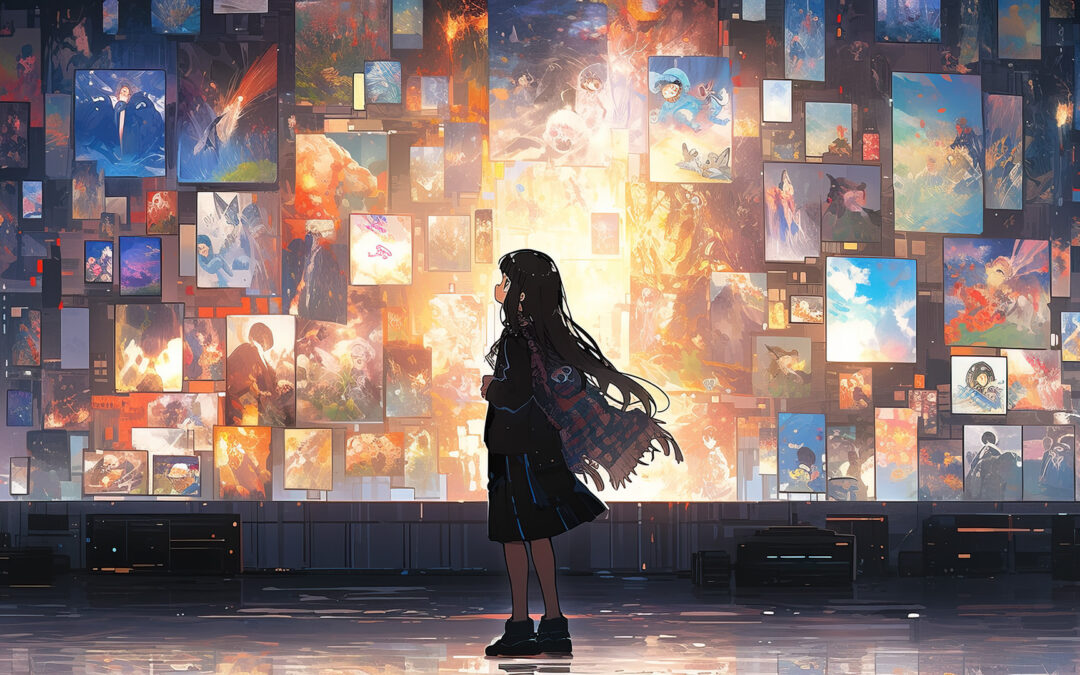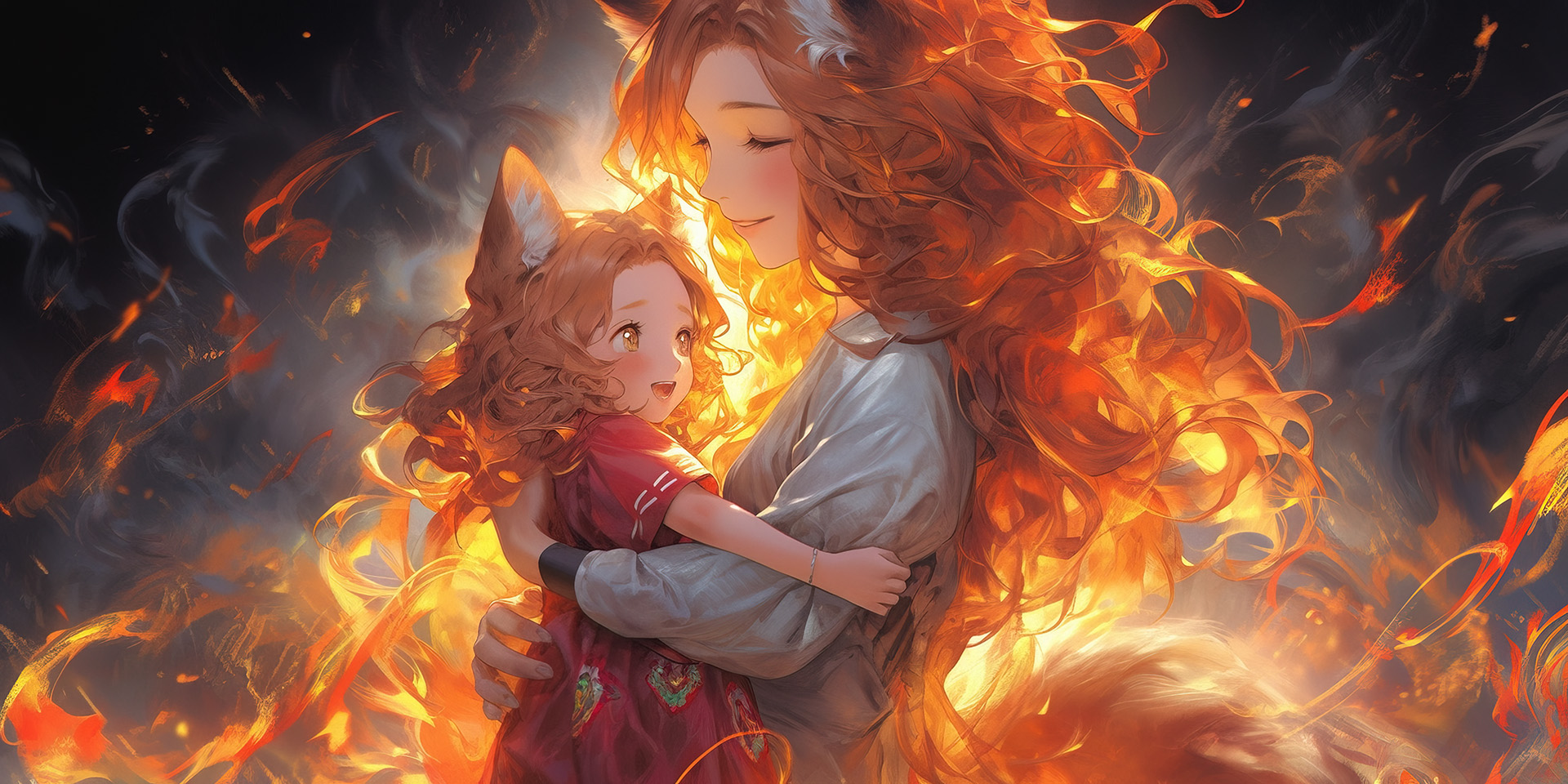Anime, and similar cartoons, have gained a massive global following. However, there is a prevalent concern about the amount of inappropriate content found within anime. Why is some anime inappropriate? I’ll briefly share some info on the matter.
Understanding the Waifu Culture:
One aspect that contributes to the perception of inappropriateness in anime is the emergence of the “waifu” culture. Waifu refers to a fictional character that fans become emotionally attached to, often regarding them as idealized partners. While this devotion can be harmless and purely based on appreciation for a character, it can sometimes cross into objectification when it reduces a character to unrealistic and idealized stereotypes.
Objectification of Women in Anime:
Critics argue that some anime series and characters perpetuate the objectification of women. These characters are often depicted with exaggerated sexualized features, emphasizing physical attributes rather than their personalities or abilities. This portrayal reinforces harmful gender stereotypes and can contribute to the normalization of objectification and unrealistic beauty standards.
There are subsets of anime that do this more often than others, and are more prone to sexually explicit scenes.
Hentai, for instance, is reserved to describe the most sexually-charged shows. Smut is similar, though Ecchi is usually sexual-adjacent. Seinen very often employs the sexy school girl trope, since it’s the sub-genre targeted at young adult men. The presence of sexual content and women as objects potentially influences viewers, particularly those susceptible to developing porn addiction or having skewed perceptions of sexuality.
Artistic Expression and Creative Freedom:
Anime, like any form of art, encompasses a wide range of genres, themes, and intentions. While there are many instances of inappropriate content, not all anime falls into this category. Many anime series explore profound storytelling, complex character development, and tackle significant social issues, without venturing into the realm of explicit inappropriateness.
Balancing artistic expression and societal responsibility is an ongoing discussion within the anime community and the larger artistic sphere. Artists and creators often push boundaries to challenge norms and provoke thought. However, this should be done while considering the potential impact on individuals, especially younger viewers.
Promoting Responsible Content and Appreciation:
To address concerns about inappropriate anime, industry stakeholders, including creators, producers, and platforms, have a role to play. Implementing content rating systems, age restrictions, and providing clearer information about the content of each anime series can help viewers make informed choices and parents guide their children’s media consumption.
Furthermore, fostering critical media literacy and encouraging discussions around gender roles, consent, and healthy relationships can empower viewers to engage with anime content more responsibly. By promoting a diverse range of characters, representing realistic body types, and highlighting well-rounded personalities, anime can contribute to more inclusive and positive narratives.
How to Find Clean Anime
IMDb is always a great place to go. Each show has a Parents Guide, where users add in notes about Sex & Nudity, Violence & Gore, Profanity, Alcohol/Drugs/Smoking, and Frightening & Intense Scenes. Note that there isn’t always a lot of information, and most shows will still portray women and men unrealistically.
That being said, there are plenty of good anime shows that don’t have explicit material. If you want to get away from skimpy swimsuits and busty schoolgirls, you might consider shows that revolve mostly around children.
The gold standard for family-friendly anime is Studio Ghibli (link to Amazon, Studio Ghibli Collection). Grave of the Fireflies, Pom Poko and Princess Mononoke aren’t necessarily for kids, but Nausicaa, Castle in the Sky, Kiki’s Delivery Service, My Neighbor Totoro, Spirited Away, The Cat Returns, Howl’s Moving Castle, Ponyo, and Arietty are all fantastic.


